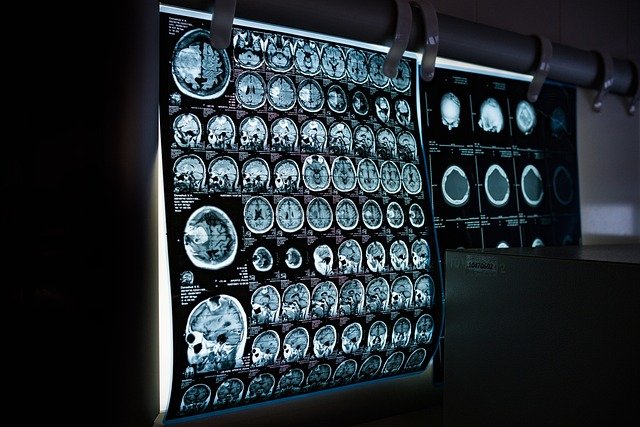Shifting Gears: A Dive into the Thrilling World of Sequential Transmissions
Imagine yourself behind the wheel of a high-performance race car, the engine roaring beneath the hood and the open road beckoning ahead. As you push the throttle, you're not fumbling with a clutch or wrestling a gear stick. Instead, you're experiencing the seamless power transition offered by a sequential transmission. This article will take you on a thrilling journey into this fascinating automotive technology.

History and Evolution of Sequential Transmissions
Sequential transmissions are not a recent innovation. They have their roots in the world of motorcycle racing, where the need for rapid gear changes led to the development of a transmission that could switch gears sequentially. Over time, this technology made its way into the world of automotive racing and eventually into road cars, offering drivers an exhilarating experience previously reserved for professional racers.
Sequential Transmissions: How They Work
Unlike conventional manual transmissions, where gears can be selected in any order, sequential transmissions only allow gear changes in a specific sequence. This is achieved through a ratcheting mechanism that moves in one direction, either up or down the gear sequence. This simplicity of operation allows for faster, smoother gear changes, delivering power to the wheels with minimal interruption.
The Impact of Sequential Transmissions on the Automotive Industry
The introduction of sequential transmissions has had a profound impact on the automotive industry. In the realm of racing, it has made gear changes faster and more efficient, leading to better performance on the track. For the everyday driver, it has added a new level of excitement and engagement to the driving experience. However, it also poses challenges, such as the complexity of design and the higher costs associated with this technology.
The Future of Sequential Transmissions
Despite these challenges, the future of sequential transmissions looks promising. With continued advancements in technology and a growing appreciation for the enhanced driving experience they offer, these systems are likely to find their way into more and more vehicles. As we look to the future, it’s clear that sequential transmissions have the potential to redefine our perception of what it means to truly engage with the driving experience.
Conclusion
From their origins in motorcycle racing to their impact on the automotive industry, sequential transmissions represent a fascinating blend of history, technology, and driving culture. Their unique ability to deliver rapid, smooth gear changes has not only transformed the world of racing but has also brought an exhilarating new dimension to the everyday driving experience. As we look ahead, it’s clear that this innovative technology will continue to shape the future of automotive design and performance.



